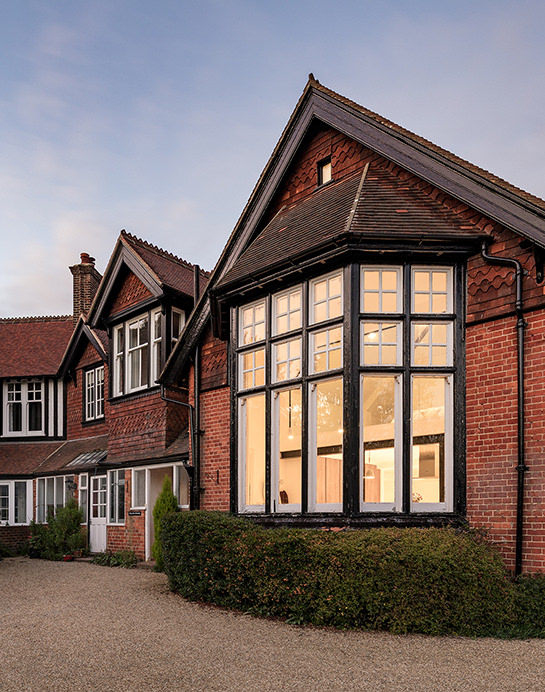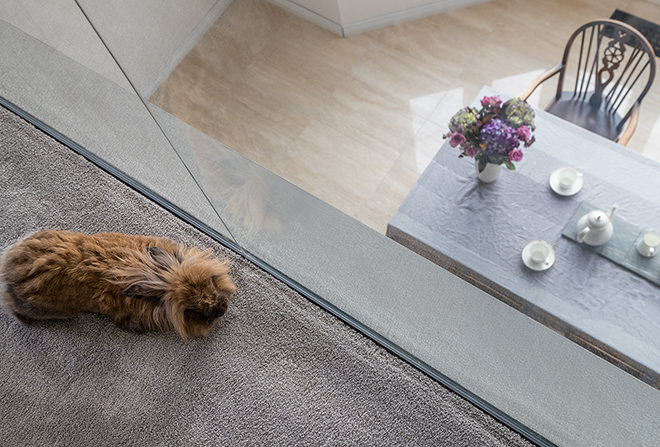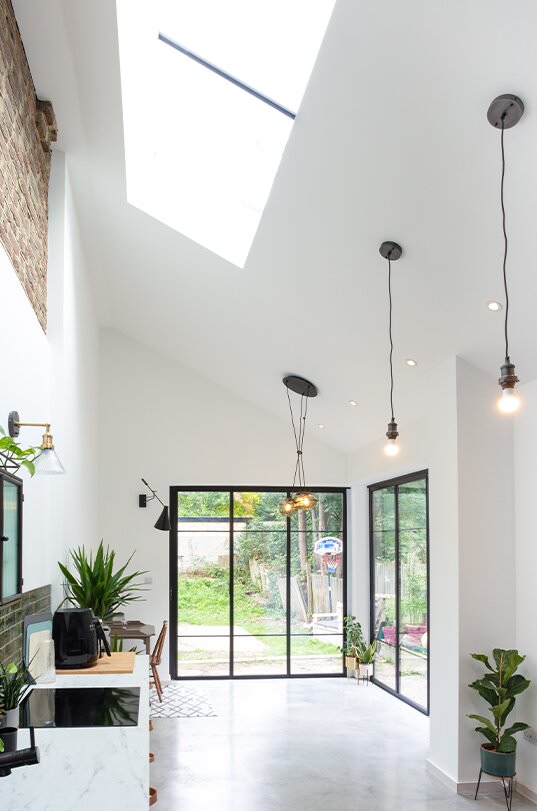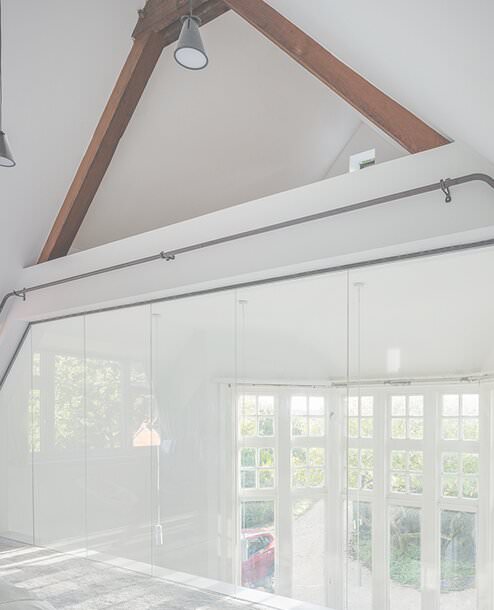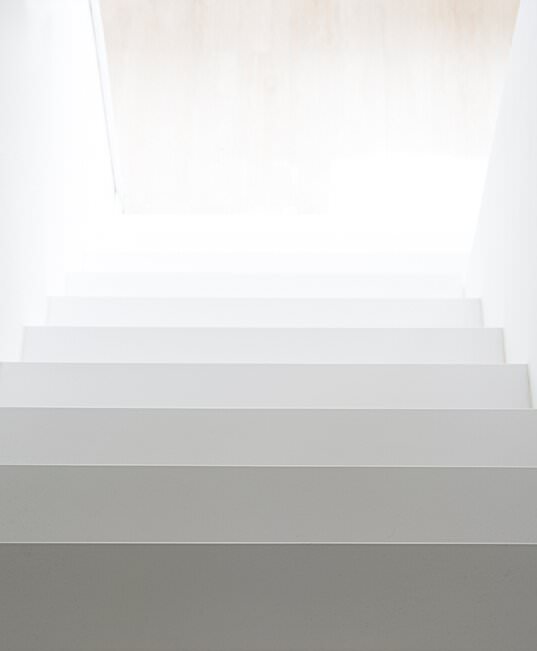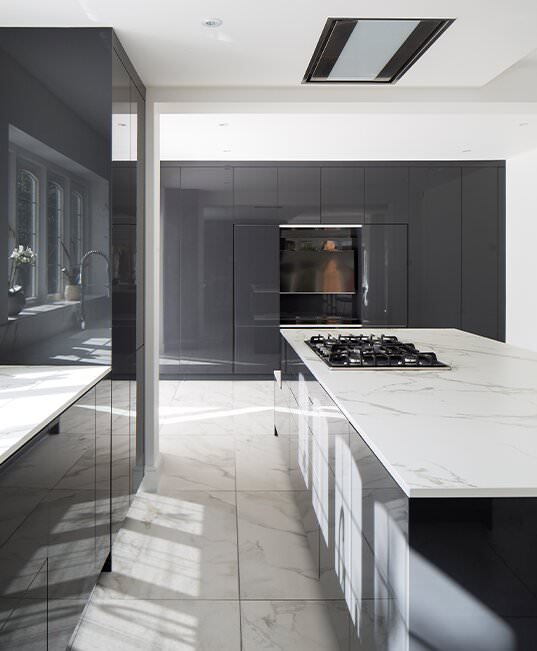How Do I Get Building Regulation Approval?
January 31, 2022
In most UK construction projects, building regulations approval is typically needed to ensure your project complies with the latest regulations to meet safety and environmental standards.
In this article, we will walk you through how you can get building regulation approval, who can do it for you, and what sets it apart from planning permission.
Building regulation documents
Building regulations come in a series of Approved Documents that cover the technical aspects of construction work. They are broken down into 15 sections as follows:
i) Approved Document A: Structure
ii) Approved Document B: Fire safety
iii) Approved Document C: Site preparation and resistance to contaminants and moisture
iv) Approved Document D: Toxic substances
v) Approved Document E: Resistance to sound
vi) Approved Document F: Ventilation
vii) Approved Document G: Sanitation, hot water safety, and water efficiency
viii) Approved Document H: Drainage and waste disposal
ix) Approved Document J: Combustion appliances and fuel storage systems
x) Approved Document K: Protection from falling, collision, and impact
xi) Approved Document L: Conservation of fuel and power
xii) Approved Document M: Access to use of buildings
xiii) Approved Document P: Electrical safety
xiv) Approved Document Q: Security in dwellings
xv) Approved Document R: High-speed electronic communications networks
Who is responsible for getting building regulations?
In most building projects you’ll have a design team, typically led by an architect. The architect will most likely be able to recommend the relevant disciplines for you, including:
i) The architect
ii) The structural engineer
iii) The services engineer
iv) Other specialist engineers as required by the project (e.g. pool consultant, acoustics engineer, etc.)
The design team will oversee putting together a technical pack of documents for you. This outlines how to build the building and what materials to use. This is then submitted to your chosen building inspector.
A building inspector can either be appointed via your local authority or by a private inspector. Ask your design team what their preferences are.
After your building control inspector has reviewed the technical pack and any queries are addressed, it’s then handed over to the contractor to construct. The building control inspector will then visit at relevant milestones to ensure works are carried out to the relevant standard.
So, in short, it’s up to both your design team and your contractor to ensure your works are carried out to building regulations.
How do I comply with building regulations?
There are two official methods, both carry varying degrees of risk and time implications:
1) Full Plans
The safest route to building regulation approval is to first go through a full plans check.
This means a complete submission of the technical documents to the building control inspector. This happens before construction starts to ensure every detail is checked and complies with the latest regulations. Reducing your risk for change in the construction phases will result in reducing your costs in the long term.
In most building projects, this happens in the Royal Institute of British Architect’s (RIBA) Stage 4: technical design. This is after you’ve received planning permission and your design team has completed a full design and specification outlining exactly how to construct your building in detail.
There is a lot of detail considered to cover each section of the building regulations including what type of waterproofing you’re using, insulation, and the opening sizes of windows. Due to the nature of this route, it will take longer to get into construction as it is more considered and therefore carries less risk of changes on site.
2) Building Notice
In some smaller projects, some clients choose to go down the building notice route. This means continuing onto the site without having the building control inspector review the drawings first. This route is only suited to small projects which are not complex in nature.
It does carry a higher degree of risk, as the designs are not checked before construction, but this does mean you’ll be building quicker.
Following the completion of the works, you’ll receive a building control completion certificate which outlines that your project complies with building regulations.
What are building reg drawings?
What is commonly known as building reg drawings is actually made up of a series of documents including the design team’s documentation. Each design team member outlines how their discipline meets the building regulations in their drawings and specifications.
It is not easy to describe exactly what goes into this documentation as it is so bespoke to each and every project. However, as a baseline, it will typically include the following (descriptions are not exhaustive but give an idea of the purpose of each document):
i) A specification of materials along with scope drawings
Which will outline what floor, wall, and roof build-ups are being used to meet thermal efficiencies, fire spread, slip resistance, etc.
ii) A set of general arrangements including existing and proposed plans, sections, and elevations
Which shows how the building works from a bird’s eye perspective in regards to items such as fire escape routes, disabled access, stairs, etc.
iii) A set of details at 1:5 or 1:10 scale
To show how each element is constructed and is both watertight, fire-resistant, and meets thermal performances.
iv) A structural set
To ensure the structural design and calculations meet the latest regulations.
Other documents are also submitted depending on the project scope such as sample boards, services documents, acoustic, and fire strategies. Each project will differ, so we can discuss the deliverables with you when we reach RIBA stage 4.
What is the difference between planning permission and building regulations?
We’re often asked what the difference is between planning permission and building regulations.
RIBA stages 1-3:
Planning is the authority that oversees the town planning of the area. They look at how the scheme fits in with the surrounding context and whether the proposals fit the local plan which outlines the strategy for the future of the county.
RIBA stages 4-6:
Building regulations oversee the standard of constructing the building to meet national standards for safety, thermal performance, and accessibility.
They sit as two different departments within the council and although they do liaise at times, they do serve two completely different purposes.
At Vita Architecture, more often than not, we apply for full plans approval to give you peace of mind going into construction. If you’ve any questions regarding your building regulation application, feel free to give us a ring today if you’d like to discuss.
